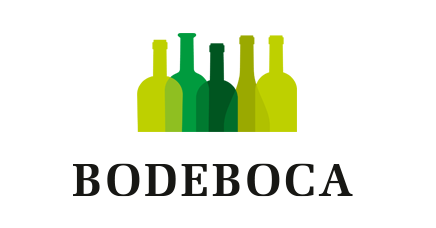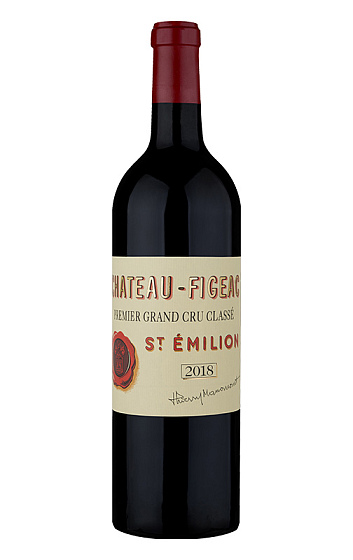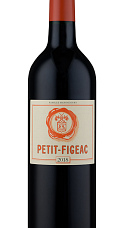Chateau Figeac 2018
Description
Château Figeac 2018, Premier Grand Cru classé de Saint-Émilion, l'un des vins phares de cette région, fidèle à son style classique. Un Bordeaux rouge de collection qui combine à la perfection les trois cépages de l'appellation : le Merlot, enveloppant et rond, le Cabernet franc, frais et élégant et le Cabernet Sauvignon, à la texture fine et soyeuse. Le millésime 2018 est l'un des meilleurs de l'histoire du Château.
Fiche technique
Dégustation
Vignoble et élaboration
L'avis des experts
The 2018 Figeac is composed of 37% Merlot, 33% Cabernet Sauvignon and 30% Cabernet Franc, with a 3.7 pH and 14% alcohol. Deep garnet-purple in color, it soars out of the glass with opening notes of freshly crushed red and black cherries, mulberries and ripe, juicy plums, followed by hints of violets, damp soil, cedar chest, crushed rocks and pencil shavings. The medium-bodied, elegantly styled palate features bags of freshness and exquisitely ripe, beautifully poised tannins to support the bright, energetic black and red fruit layers, finishing on a lingering fragrant earth note. This is absolutely recognizable as being cut from the same cloth as old-school Figeac, but all the recent vineyard and winemaking improvements have unveiled the beautifully ripe, intense, nuanced potential here. Bravo to managing director/winemaker Frédéric Faye and his team! Although there is a lot to love about this wine right now, give it 5-6 years for the oak to fully integrate and the underlying perfume suggestions to emerge, then enjoy over the next 20-25 years or more.
A powerful, structured Figeac, offering loads of blackberry, blueberry, chocolate, walnut and mushroom with some tobacco. It’s full-bodied with layered, chewy tannins that are polished and beautiful. So impressive and solid. Better than the great 2010? Time will tell. Goes on for a long time. Try after 2026.
Reminiscent of the 2016 with its incredible purity and elegance, the 2018 Château Figeac offers a terrific perfume of crème de cassis, redcurrants, dried earth, tobacco, lead pencil, spring flowers, and exotic spice-driven nuances. Playing in the medium to full-bodied end of the spectrum, it's flawlessly balanced, has silky, polished tannins, and a stunning sense of purity. It doesn't have the sexiness of the 2015, but it's very much in the style of the 2018 vintage with its pure, elegant, haut couture-like style. And it doesn't show a hint of its 100% new oak élevage. Give bottles 4-5 years of bottle age and enjoy over the following 20-30 years. It's not the biggest or richest Saint- Emilion, yet the balance, finesse, and elegance are something to behold. I think it's going to check in behind the 2015 (and maybe the 2019) when all is said and done, but it's unquestionably one of the greatest Figeac in the past 20-30 years.
I loved this en primeur, and it absolutely lives up to billing now that it is in bottle. It has put on a little weight through the mid palate, closed down further as you would expect at this point, but retains all the depth and texture of the black fruits, burnished with coffee beans, liquorice and crushed stone. It has much in common with the 2016 but there is a juicier, more succulent quality to the finish than the 2016 had at this stage, and I wouldn't be surprised if it turns out to be even better. Harvest ran from 17 September to 12 October, giving a yield of 39hl/ha (with 70% organic farming, 30% bio-control). 65% of the crop went into the grand vin. 3.7pH.








Nos membres n’ont pas encore laissé de commentaires pour ce millésime. Cliquez sur les millésimes précédents pour accéder aux commentaires.